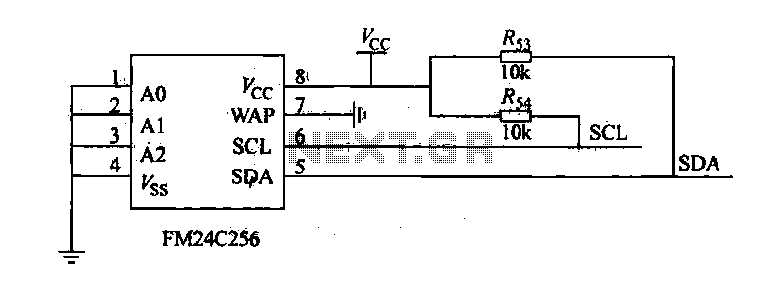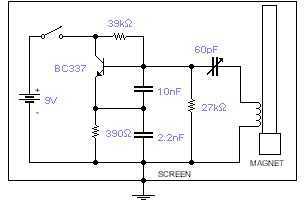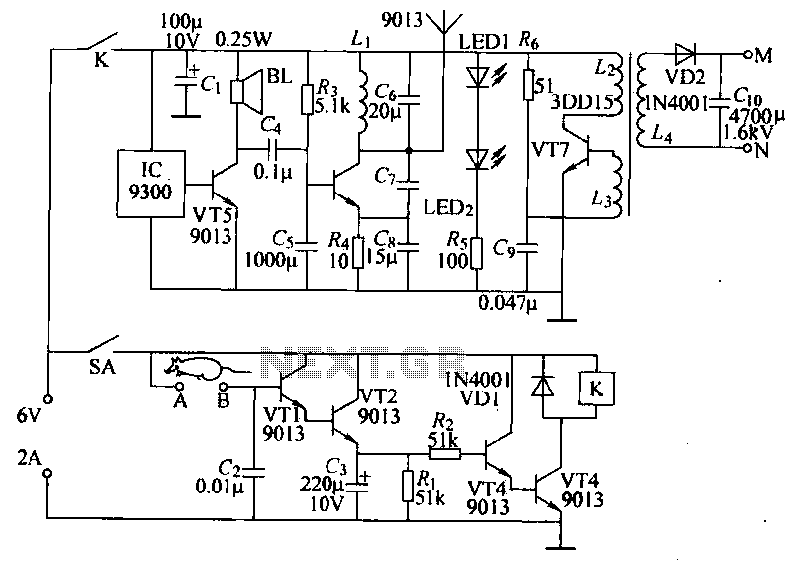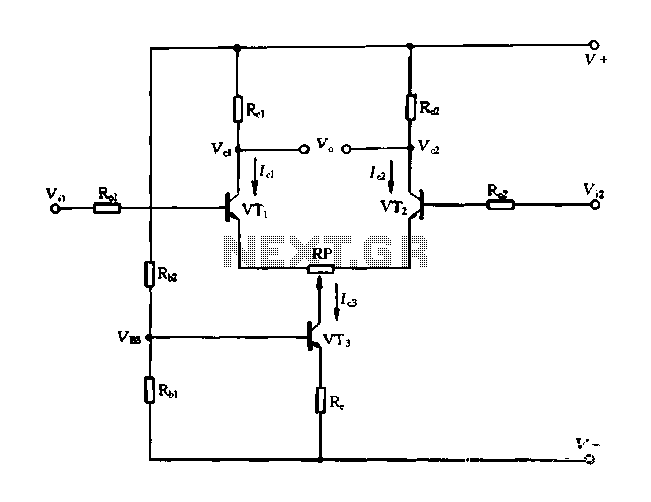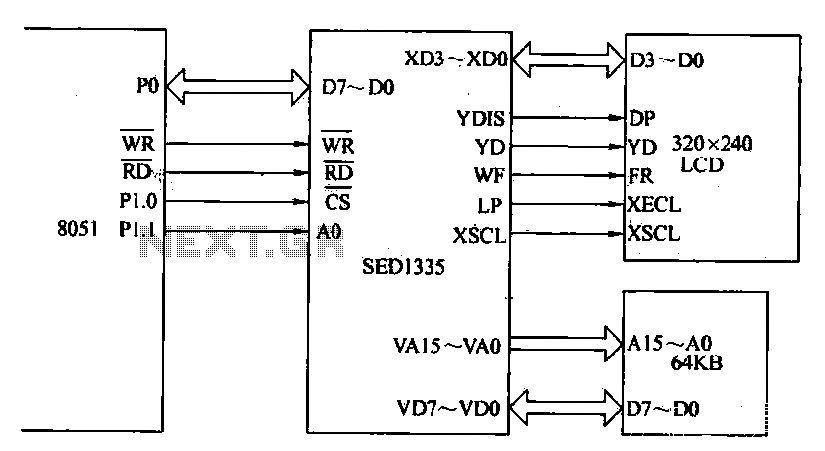
It can send a signal to start forward rotation start circuit
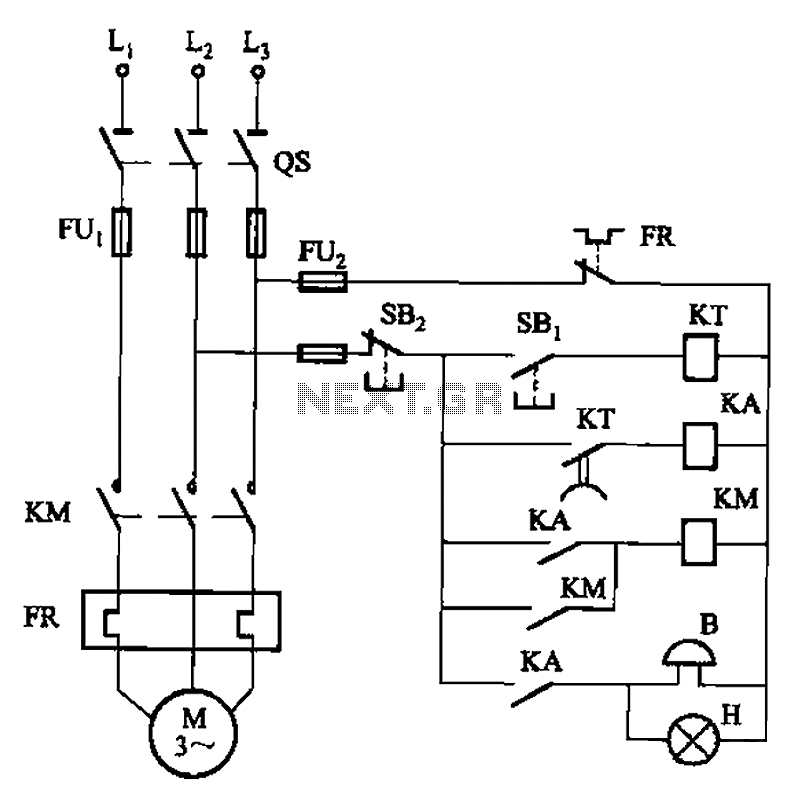
The circuit shown in Figure 3-21 is designed to produce a motor startup sound and a light signal indicating the completion of the startup process, after which the signal ceases. This circuit is tailored to control the motor for a wide range of machinery and equipment movements, ensuring safety during operation.
The circuit operates by integrating an audio output component, such as a piezo buzzer or speaker, which generates a distinct startup sound when the motor is activated. This auditory signal serves as an alert to operators that the motor is in the process of starting. Concurrently, a visual indicator, typically an LED, emits a light signal that remains illuminated until the motor has successfully reached its operational state. Once the motor is fully operational, the circuit is designed to deactivate both the sound and light signals, providing clear feedback to the user that the startup sequence has been completed.
To enhance safety, the circuit may include additional features such as overload protection, which prevents the motor from starting under excessive load conditions. This can be achieved through the use of current sensors that monitor the motor's input current. If an overload is detected, the circuit can be designed to interrupt the power supply to the motor, thereby preventing potential damage and ensuring safe operation.
Moreover, the circuit can be configured with a delay timer to allow for a gradual increase in motor speed, further minimizing mechanical stress and enhancing the longevity of the equipment. This functionality can be implemented using a microcontroller or a simple RC timing circuit, depending on the complexity required.
In summary, the circuit not only provides auditory and visual feedback during the motor startup process but also incorporates safety measures to protect the machinery and ensure reliable operation across a diverse range of applications. Circuit shown in Figure 3-21. It issued motor startup sound, light signal to start the process is completed, the signal stops. This circuit is adapted to drive the motor by mea ns of a large range of movement of machinery and equipment, to ensure safety.
The circuit operates by integrating an audio output component, such as a piezo buzzer or speaker, which generates a distinct startup sound when the motor is activated. This auditory signal serves as an alert to operators that the motor is in the process of starting. Concurrently, a visual indicator, typically an LED, emits a light signal that remains illuminated until the motor has successfully reached its operational state. Once the motor is fully operational, the circuit is designed to deactivate both the sound and light signals, providing clear feedback to the user that the startup sequence has been completed.
To enhance safety, the circuit may include additional features such as overload protection, which prevents the motor from starting under excessive load conditions. This can be achieved through the use of current sensors that monitor the motor's input current. If an overload is detected, the circuit can be designed to interrupt the power supply to the motor, thereby preventing potential damage and ensuring safe operation.
Moreover, the circuit can be configured with a delay timer to allow for a gradual increase in motor speed, further minimizing mechanical stress and enhancing the longevity of the equipment. This functionality can be implemented using a microcontroller or a simple RC timing circuit, depending on the complexity required.
In summary, the circuit not only provides auditory and visual feedback during the motor startup process but also incorporates safety measures to protect the machinery and ensure reliable operation across a diverse range of applications. Circuit shown in Figure 3-21. It issued motor startup sound, light signal to start the process is completed, the signal stops. This circuit is adapted to drive the motor by mea ns of a large range of movement of machinery and equipment, to ensure safety.
